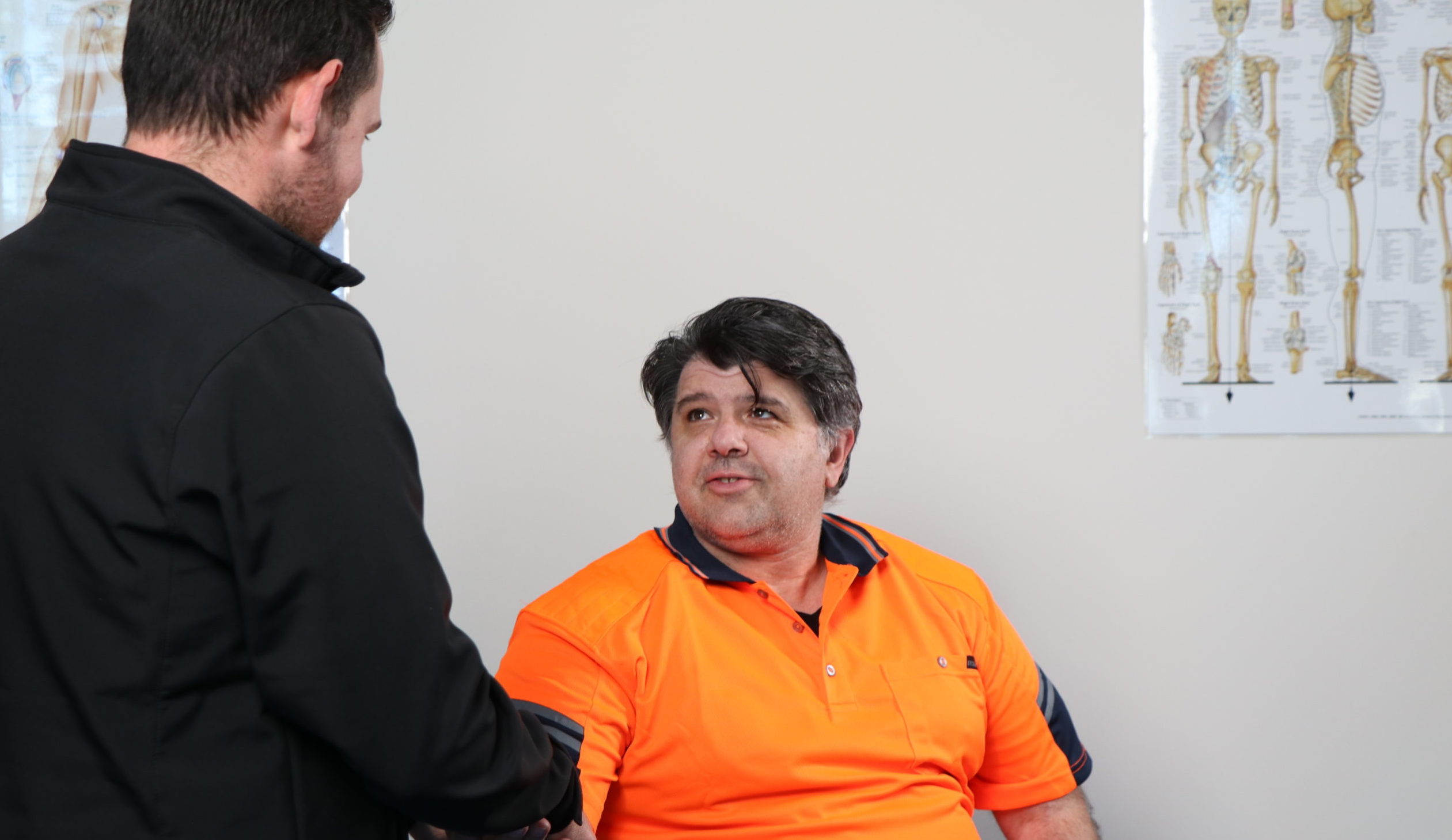Why health literacy matters in workplace injuries
by Dana Moore

by Dana Moore
Health literacy relates to how people access, understand and use health information in ways that benefit their health. It impacts the way a person understands health conditions and injuries, how they view their injury or pain and their ability to self-manage. It also affects how someone understands available health services, the perceived use and benefit of these services and their likelihood to participate effectively in health care.
Research has shown that low health literacy is associated with higher rates of chronic illness, increased use of health services causing increased cost to the health system, higher rates of hospitalisation and increased recovery times.
Health literacy has a profound impact on workplace injury management. Low health literacy is associated with increased time off work, increased WorkCover claims, higher rates of seeking GP advice often resulting in unnecessary imaging or investigations and increased time to recovery.
“Improving health literacy is a key element in allowing people to partner with health professionals for better health.” Australian Institute of Health & Welfare

It is not always easy to determine who might struggle with understanding health information, and it does not always correlate with general literacy levels. Someone who is highly educated may still have poor health literacy.
If we take two workers with very similar injuries, a person with lower health literacy is more likely to:
A worker with higher health literacy is more likely to:
What can you do to improve your workers’ health literacy? Here are some suggestions:
This could come in the form of clear and simple health information provided to workers. Many workplaces have noticeboards, posters placed in common areas and regular newsletters that are sent to workers. Use these to provide education of common workplace injuries, services available onsite, and how workers can self-manage simple aches and pains at home.
Teach Back is a communication method used to check a worker’s understanding. When workers are given advice, exercises, or given an explanation about their injury, ask them to repeat it back in their own words. This will highlight any confusion or misunderstood information and allow chances for better communication. Teach Back has been shown to increase patient compliance with care, improve a worker’s ability to self-manage and improve time to recovery.
New starter inductions are a great opportunity to provide information to workers about common aches and pains in the first few weeks of work and the available health services on-site. Supervisor and first aid officer training is another way of increasing awareness about health literacy, how to answer questions about injuries and ways to provide appropriate advice until a workplace health provider can be seen.
References:
Health Literacy: taking action to improve safety and quality. Australian Commission on Safety and Quality in Heathcare.
Health Literacy. Tasmanian Department of Health.
Partnering with Work Healthy Australia ensures a higher level of health literacy for you and your workers. Contact us to find out more.
"*" indicates required fields